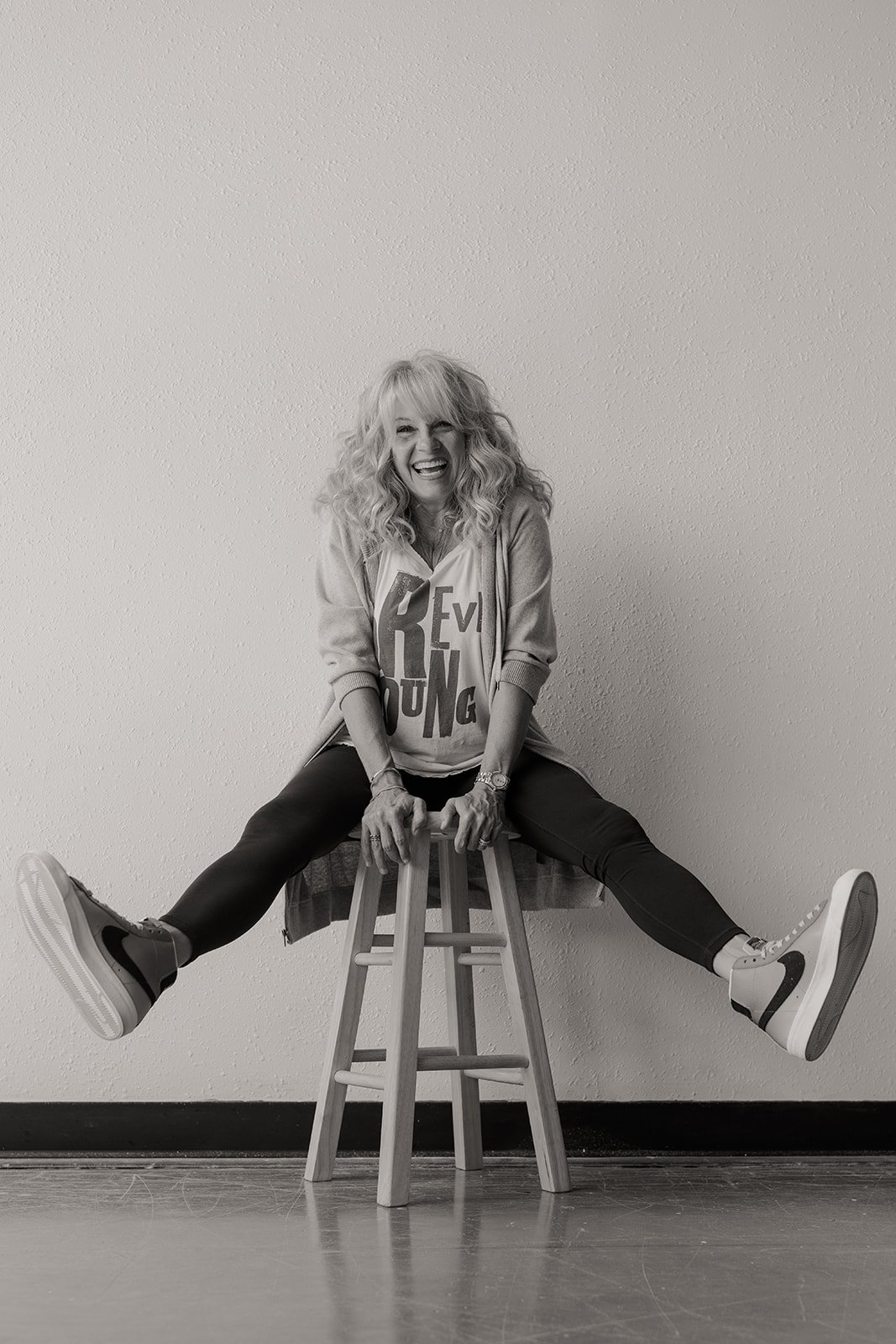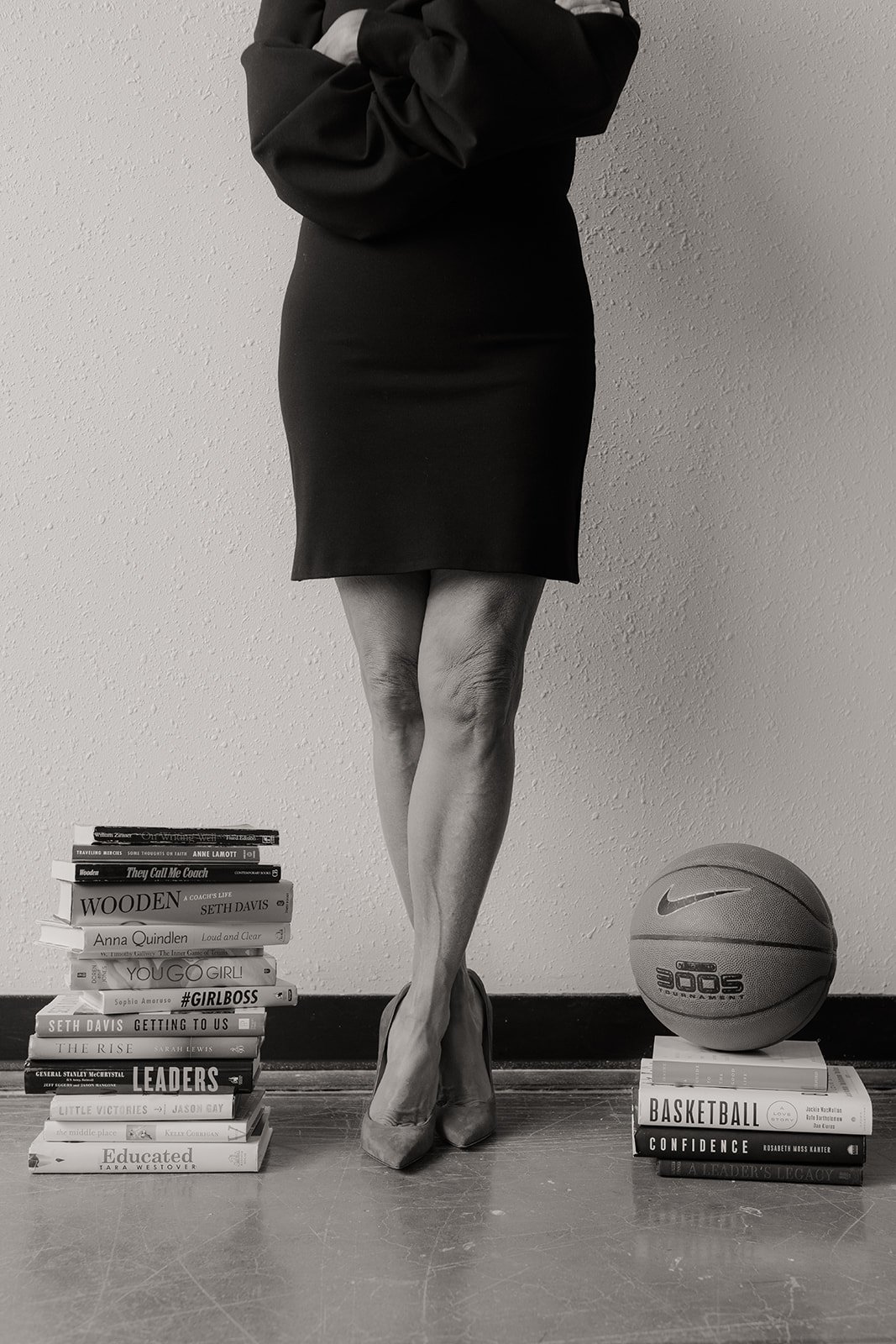A Weigh Of Life.



A Weigh of Life
By Sherri Coale
Filter - Categories
Filter - Publish Date
- April 2025
- March 2025
- February 2025
- January 2025
- December 2024
- November 2024
- October 2024
- September 2024
- August 2024
- July 2024
- June 2024
- May 2024
- April 2024
- March 2024
- February 2024
- January 2024
- December 2023
- November 2023
- October 2023
- September 2023
- August 2023
- July 2023
- June 2023
- May 2023
- April 2023
- March 2023
- February 2023
- January 2023
- December 2022
- November 2022
- October 2022
- September 2022
- August 2022
- July 2022
- June 2022
- May 2022
- April 2022
- March 2022
- February 2022
- January 2022
- December 2021
- November 2021
- October 2021
- September 2021
- August 2021
- July 2021
- June 2021
Amen
Below is a slightly revised, updated version of a previously published piece about perhaps the most iconic of all professional sporting events— The Magical Masters…
I wonder if when they built it, they knew what it would become. Bobby Jones and Clifford Roberts were iron-willed men on a crusade to create a thing they could see and taste but on earth were unable to find. So maybe. Maybe they had an idea. But it would be impossible to have known then what an icon it would become. When the two men first laid eyes on the abandoned 400-acre Fruitland’s Nursery running parallel to the Savannah River, Jones said it seemed as though “the land had been lying here for years waiting for somebody to lay a golf course on it.” So they grabbed it, and with the help of Alister MacKenzie, that’s exactly what they did. They built Augusta National’s sweeping fairways between the trees, and layered dogwoods and azaleas in the straw underneath the pines. They used the bends and hills as guideposts; they built water and sand to act as foils. And for the last 90 Aprils, it’s been hard to tell what the “and 1” is at the Master’s— the landscape or the golf.
Aim Higher
“Aim higher,” the tennis guru said as my forehand laced with topspin slammed into the tape on the top of the net. “Really?” I thought (and I think I said out loud.) “You get paid to tell people THAT?”
Mine Was Born Lucky
In celebration of the close of Women’s History Month, this week’s blog post is an excerpt from my bestselling book, Rooted to Rise. We must keep passing the baton…
ONE SPRING DAY, when I was driving my fifteen-year-old daughter, Chandler, to school and we were calendar meshing for the week ahead, she saw “Title IX Celebration” on my phone and asked what in the world it meant. I jumped on the teachable moment and explained it. “It’s the anniversary of the law passed in 1972 that says you get to play basketball like your brother. It’s the law that says girls can go to college and study to be anything they want, just like boys can,” I added.
Craving Crows
It’s March and the sports world is about to go mad. Conference basketball tournaments, the opening acts for the much-ballyhooed big dance, are calling from just around the bend. In a now-you-see-me-now-you-don’t flash, the ball will be tipped, the champion will be crowned, and the confetti will fall from the rafters. Then in the next frantic breath-- sometimes only minutes after the last buzzer sounds—the selection committee will release the 2024 Men’s and Women’s NCAA tournament brackets. Immediately following that, almost everyone—both those included and those who get left out—will find a way to somehow think that they’ve been wronged. The first four out will state their case for why they should have made the cut while the top four seeds will clamor about how unfairly stacked their designated region is. Those in between will mostly claim that their team should be sitting on a different line or facing a different opponent or packing for another geographic locale. Satisfaction, like my Walgreens readers, will be tough to find.
Giving Chance a Chance
Before my freshman year of high school, I wrote on a small piece of notebook paper, “1. Go to State. 2. Be an All-Stater. 3. Get a full ride.” Then I ripped it from its spiral wiring and taped it--curly edges and all-- to the inside back of my royal blue locker. Those were what I wanted more than anything. So every day during my freshman year when I would go to my locker to gather my books and supplies for first hour, I’d read, “1. Go to State. 2. Be an All-Stater. 3.Get a Full Ride.” When the bell rang at the close of class, I’d return to my cubby and read, “1. Go to State. 2. Be an All-Stater. 3. Get a Full Ride.” Six times a day for the 181 days of our school year, my eyes told my brain and my body what to do.
The Hurries
He couldn’t slow his horses. No matter how many plays he yelled out, or substitutions he made, or time-outs he called. His team started the game like pent-up thoroughbreds released through an open gate. He could not grab ahold of the reins. Their thirst was admirable. Fervor usually is. But that doesn’t mean it’s not sometimes in the way. In their haste, his players cut prematurely, they left early when using screens, they dribbled into traffic that hadn’t cleared yet and shot as if the ball were a hot potato they had to get out of their hands. On the wings of grand intentions, they made a mess of things.
Reel or Real?
My inbox bulged with unsolicited videos of players desperately seeking a college basketball scholarship. Most of the reels were professionally produced complete with a soundtrack, statistical overlays, and technological enhancements that made the productions feel more like mini movies than athletic proofs of concept. Sometimes a deft steal would be staccato repeated for effect, or a passer would be encircled on the screen to draw attention to the needle she was about to thread with the ball. Or a Houdini dribble move would be replayed in slow motion to show how the dribbler intentionally tied up the defender’s feet. But the highlight of the highlight reel was the ball going through the hoop.
Teach a Man to Fish
With about ten minutes to go in the third quarter of the Thunder/ Pelicans game, Jalen Williams drove the left lane line, picked up his dribble due to traffic, and found three Pelican defenders staring at the ball. A prescient Josh Giddy ran a back cut from the corner which J-dub instinctively rewarded with an old-school bounce pass that Giddy kissed off the glass for two. And I immediately thought of Robert Montgomery Knight.
Limited Purview
Oklahoma and Iowa hung on to the bitter end.
These two middle-America states were among the first in the country to offer girls the opportunity to play basketball and two of the last to allow us to run up and down the floor. If you were a girl growing up amid the corn or the wheat prior to the early ‘90s, “girls’ basketball” was a different game than the one that’s now breaking attendance records everywhere we look. Girls were allowed to play but expected to stop on a dime at the line that cuts the court in half. Apparently, our guts would explode if we ran to the end line and back.
Build the Boat
In the fall of 2009, our basketball team kicked-off the season by competing in a pre-season tournament in the Virgin Islands. We were on the heels of our program’s second Final Four appearance, but we had just graduated our leading scorer and rebounder, along with her twin sister who was a major contributor, and a walk-on turned captain who had become our glue. The world was watching with a side-eye to see how we would fare.
Admission To That Sacred Place
Somewhere around two minutes into the second quarter, I saw it in her eyes. She had slipped inside the curtain to the place they don’t sell tickets to. It didn’t matter that there weren’t many people in the arena. It didn’t matter who the opponent was. She had entered a place where names, numbers, time, and score felt immaterial--because she held them all in the palm of her hand.
Laughing All the Way
Last week, the Savannah Bananas came to town. In case you’re not familiar, they’re the traveling baseball circus that has since 2016 turned America’s favorite pastime upside down. For $25, patrons attending Banana games receive a ticket for two hours of dancing, singing, acrobatics-- and baseball—plus all the food and drink they care to consume. The Bananas’ organization has one goal: make baseball fun. Their home games have a waitlist 60,000 people long.
Would You Rather
As a college basketball coach, I was often asked, “When searching for players to recruit, do you look for skill or athleticism?”
“Ummm, both please.”
“Both” was the truest answer, but that’s not what people wanted to hear. What they wanted to know was, if forced to pick, which would I prefer. There’s just something about a rabbit hole that most of us can’t resist. And the world can’t get enough of either/or.
The Problem with Perfect
Practice makes perfect. At least that’s what my fifth-grade basketball coach used to say.
When you repeat a process, you get better at it. The reps help you figure out what works and what doesn’t, what’s helpful and what’s not. And you get smoother, faster-- more efficient and more skilled-- at whatever it is you are practicing. From dribbling a basketball to changing a tire to speaking in front of people, the more you do it, the better you get.
Fake a Pass to Make a Pass
The best basketball teams almost always are so because they have at least one guy with eyes in the back of his head. One guy who sees not just what is happening but any number of things that could be happening next. One guy who makes everybody else look like a million dollars because of where he puts the ball.















